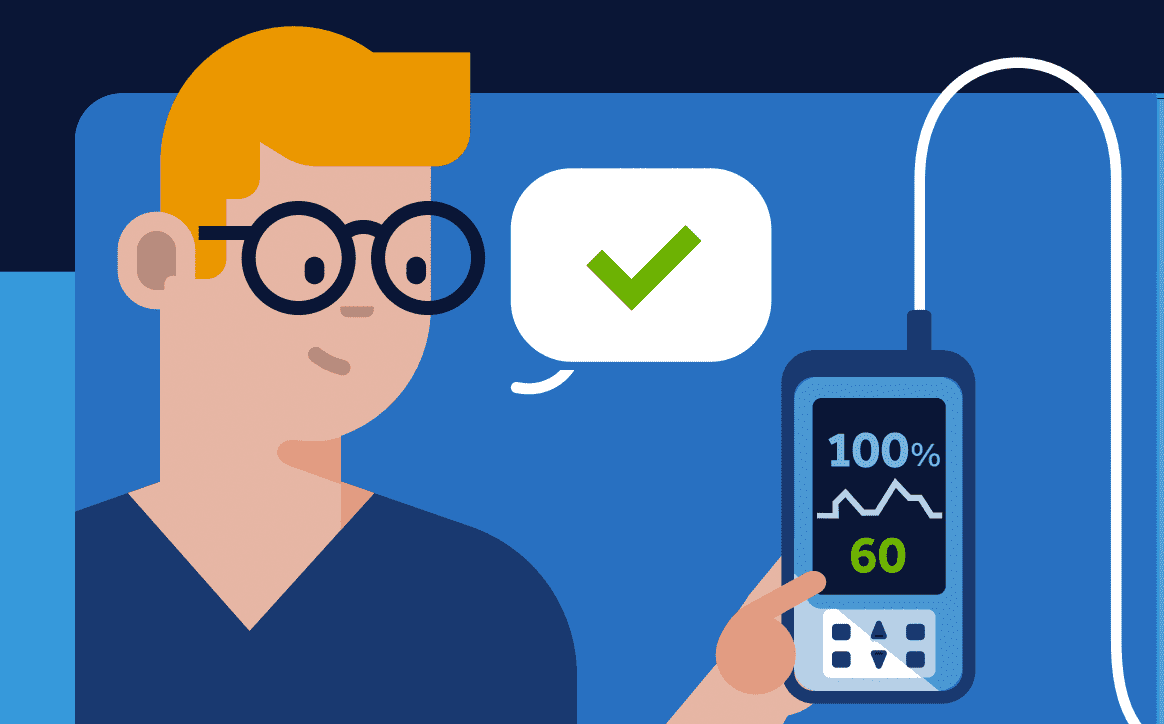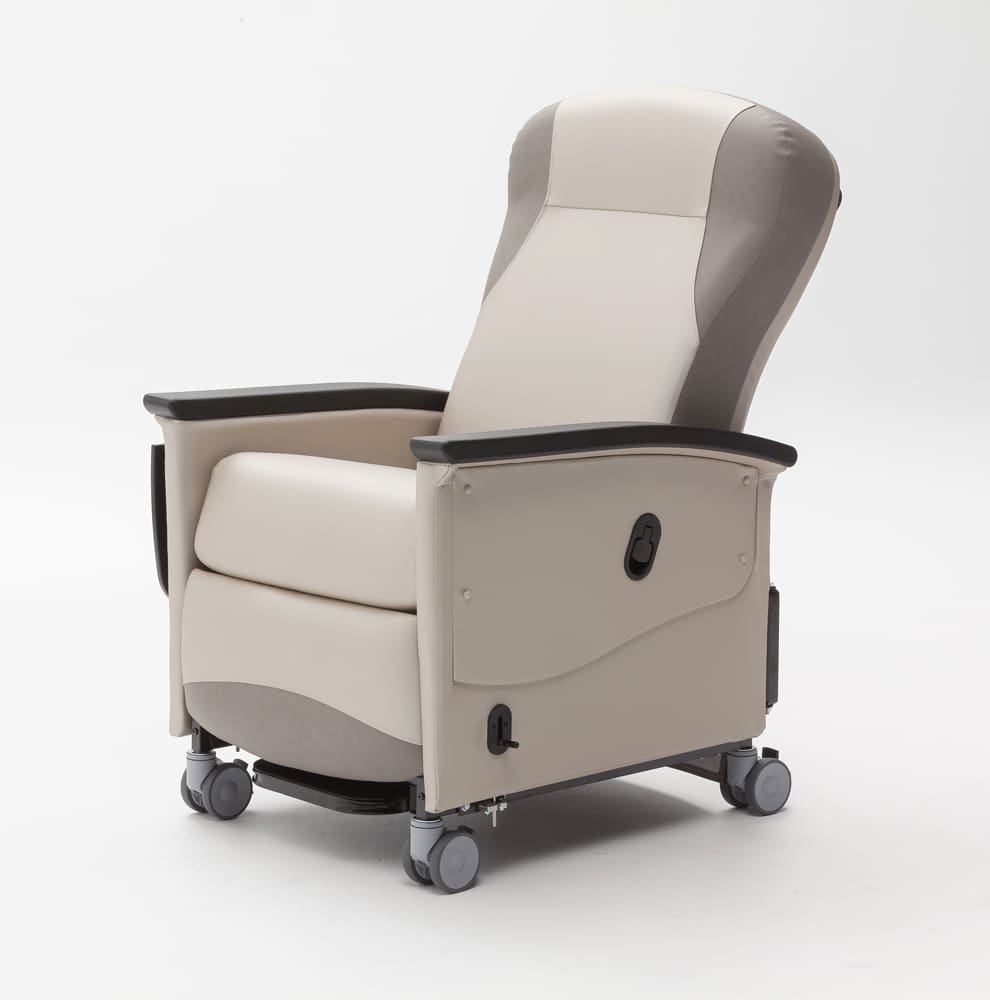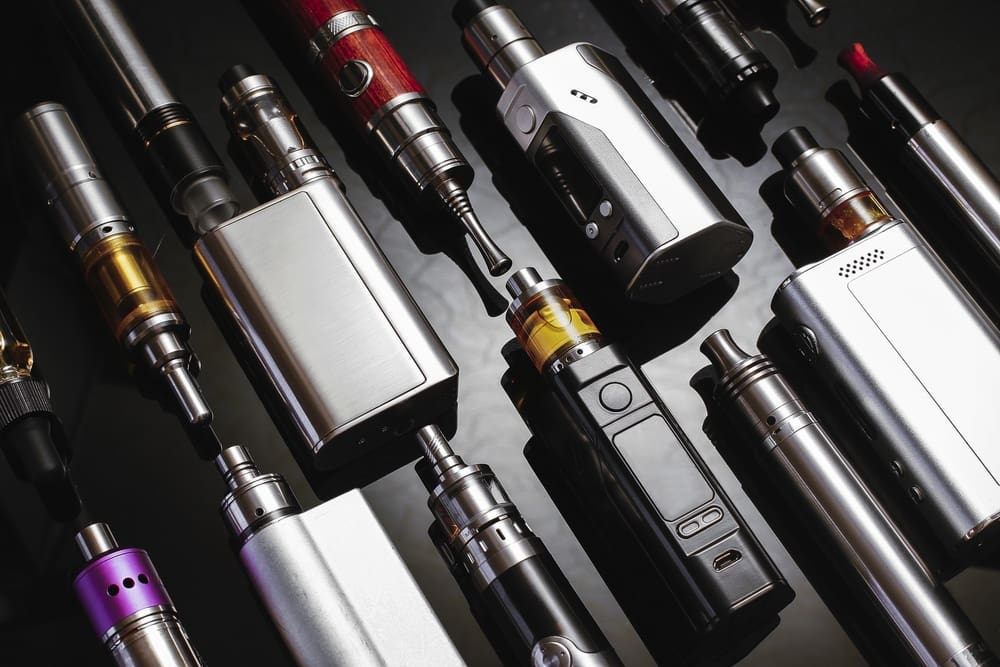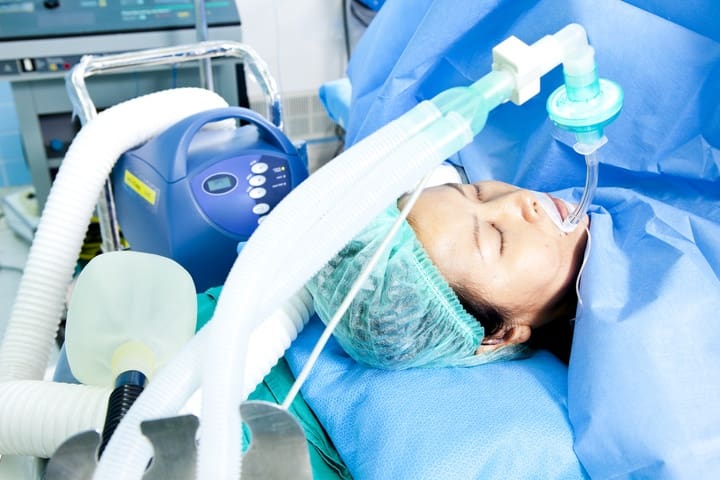I wish to provide a different perspective on the article entitled “Do you hear what I hear? Combating alarm fatigue” written by Peggy A. Ensslin in volume 9, issue number 11. The author gives several suggestions to reduce alarm fatigue including putting a committee in place in healthcare facilities to examine alarm sounds and the frequency of each type of alarm. While I do agree that this is a major issue within the healthcare profession, I do not think that one committee in a facility researching alarm sounds will resolve the problem of alarm fatigue. The other suggestions given by the author to include ensuring proper working of equipment and adjusting machine settings will also help reduce alarm fatigue; however, more permanent fixes such as proper training of nurses and supervision by nurses is required.
Nurses need to be trained frequently and repeatedly on machines to ensure adequate knowledge on the function of machines work to understand why the alarms occur. Sue Sendelbach and Stacy Jepsen published an article about alarm management on the American Association of Critical-Care Nurses website. The authors explain how education for nurses and all healthcare team members should be included in the purchasing budget for new equipment. Sendelback and Jepsen shared that a “project demonstrated that after receiving education and retraining, nurses individualized alarm settings at the outset, instead of adjusting settings in response to continual activation of an alarm.” If nurses receive proper training on equipment, there is greater likelihood the nurse will adjust alarm settings to best fit the patients’ status rather than ignore or become fatigued by the constant alarms. Nurses who adjust equipment settings to the specific patient will have more time for direct patient care and spend less time tending to alarms.
While participating in a clinical rotation during my tenure in nursing school, I witnessed many nurses silence alarms when they could not determine the cause for alarm. This disturbed me that the nurse would ignore the issue with the equipment. I understand now that these nurses were most likely experiencing alarm fatigue. In nursing school, I was taught to “treat my patient, not the machine” but studies have found that the machines can sometimes tell you more than your patient. Ensslin noted that “According to TJC’s (The Joint Commission) database, hospitals reported 80 deaths and 13 severe injuries attributed to alarm hazards from January 2009 to June 2012.” I find this to me a large amount of patient deaths due to alarm hazards. I think that the suggestion of a committee would help decrease this number; however, I think there also needs to be other implementations to really make a difference.
Forming a committee to gather evidence of frequency and intensity of alarms within the institution will begin the process of resolving alarm fatigue but is not enough to resolve the issue completely. Nurses require frequent and repeated training on all the equipment used. Operating and adjusting setting on the machines correctly can eliminate unnecessary alarming and therefore will also help combat alarm fatigue. A larger scope of the committee suggested by Ensslin is needed and must include education and training of the nurses.
— Rebecca Biggerstaff, RN
University of North Carolina, Wilmington
RN to BSN Program















